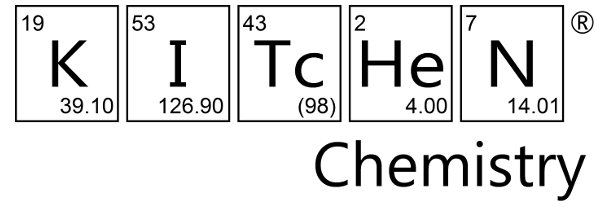
This is more of a demonstration lecture than a science show. We start with a short historical introduction on lasers and then consider how we might go about making light.
A number of ways of making light are considered and in most cases demonstrated. These include using electrical discharges, chemical reactons and fluorescence. However, only a subset can be used to make laser light.
We then consider what laser means (Light Amplificaton by Simulated Emission of Radiation) and what this process means for the light produced. An analogy is drawn using an army on parade to represent laser light and shoppers to represent "normal" light. This leads us to the four special properties of laser light. It is collimated (does not diverge), coherent (all peaks and troughs of waves are lined up), monochromatic (it contains a very small range of wavelengths) and it is polarised.
Each of the four properites is demonstrated and compared to "normal" light. A laser pointer is compaered to a tungsten lamp so show the non-divergence of a laser beam. Examples of micromachining are shown to emphasise the control this allows.
A Michelson Interferometer is used to show that adding light to light results in darkness and the resulting interference fringes are projected for the audicence to see. We then consider how a diffraction grating works and use one to compare the spectrum obtained from a laser with that from a white LED.
Finally we consider what is necessary for polarisers to block a "normal" light compared to one which all the photons are already "sorted out". It is shown that two polarisers are required to block the white LED, whereas only one is needed to block the laser.
These four properties mean that laser light is indeed "The light fantastic".